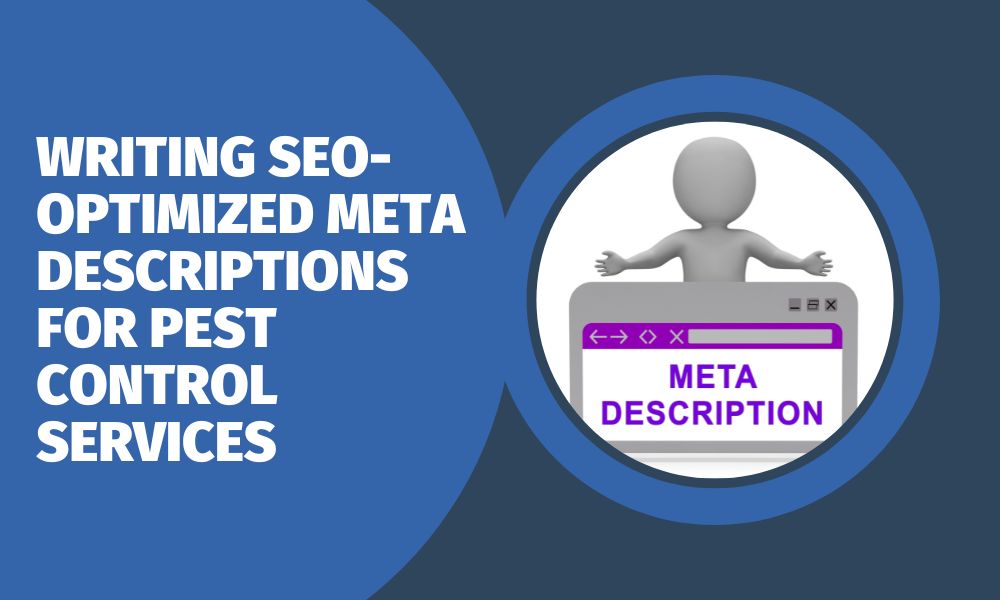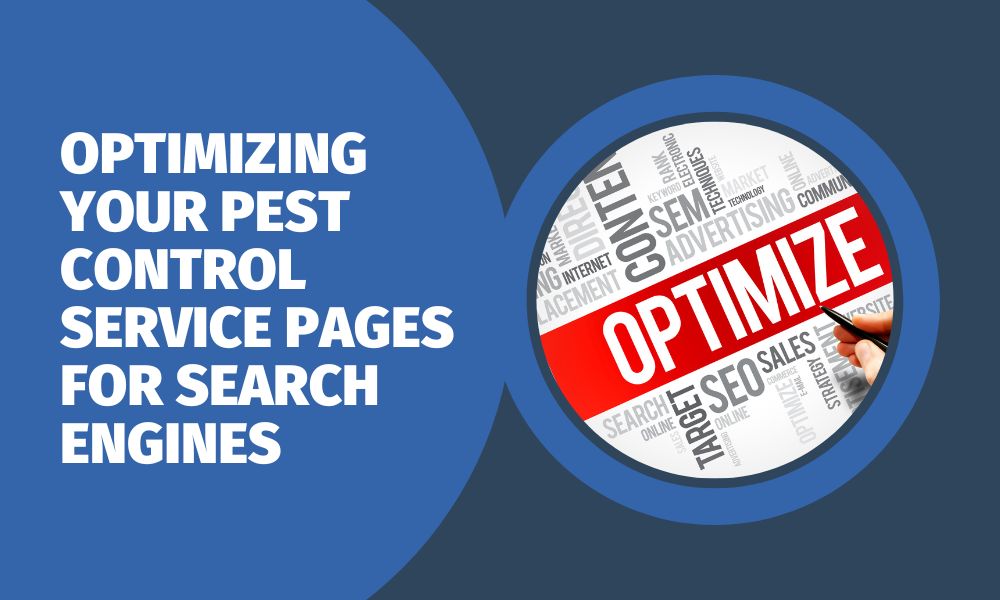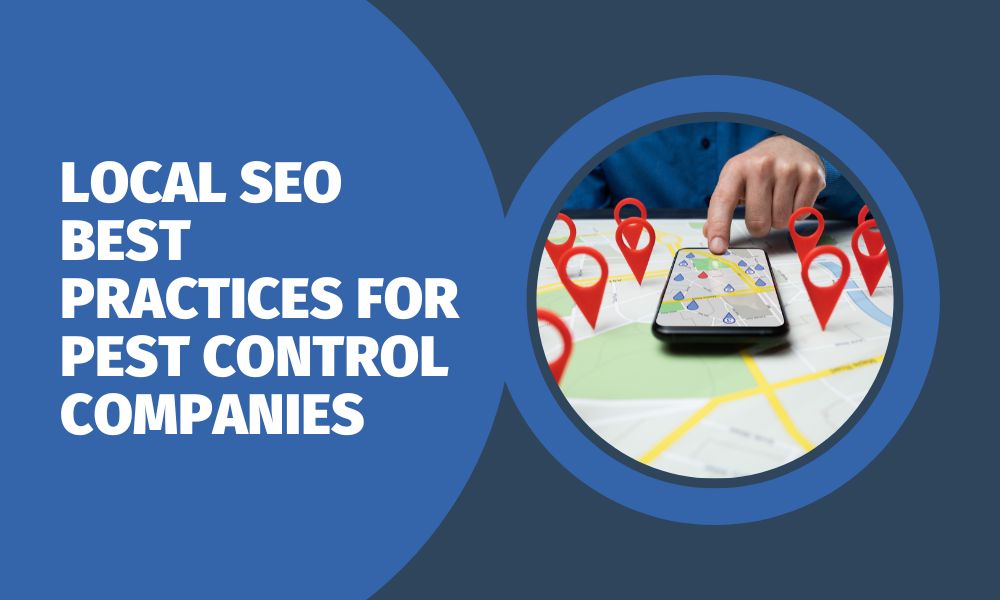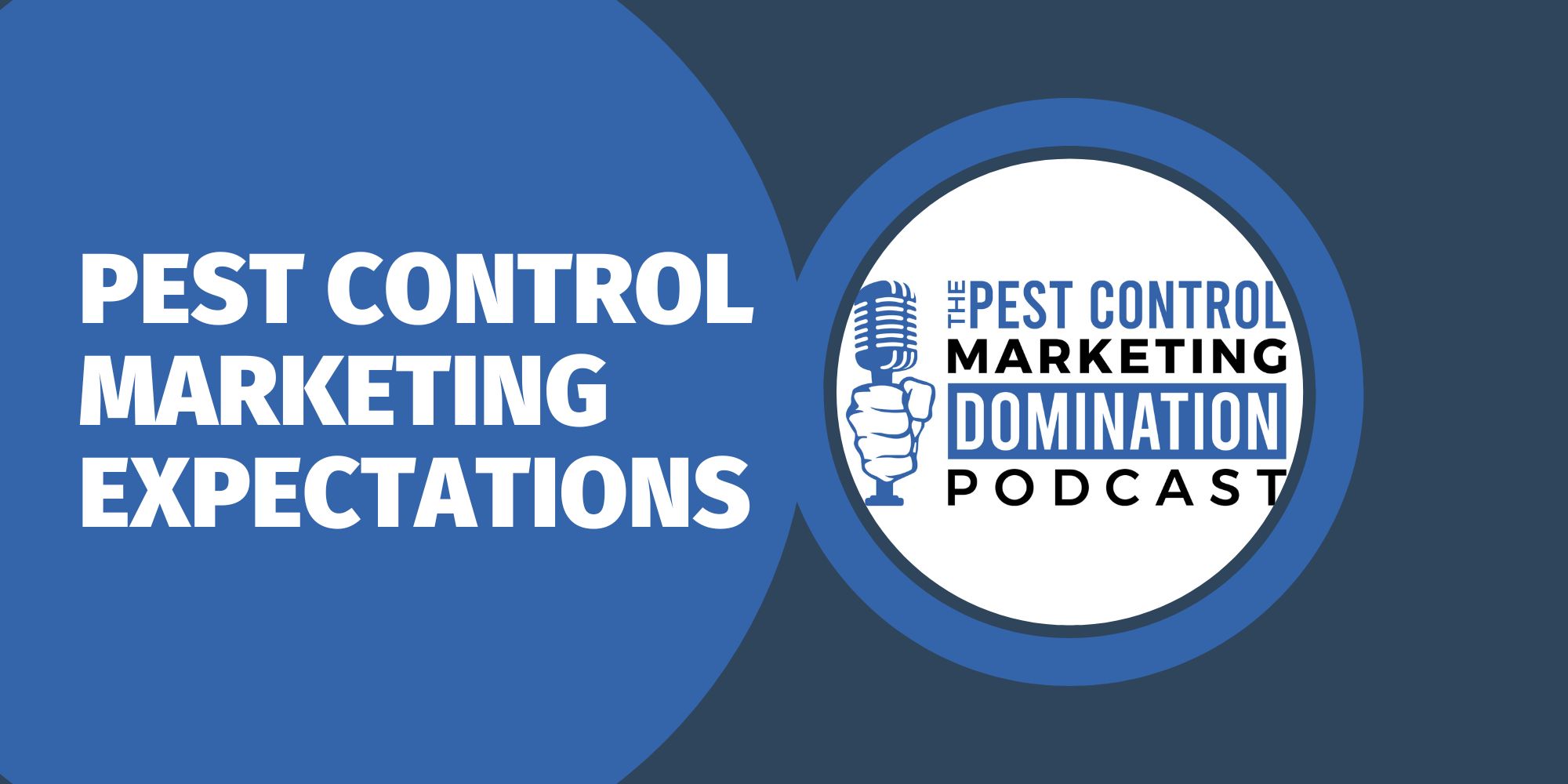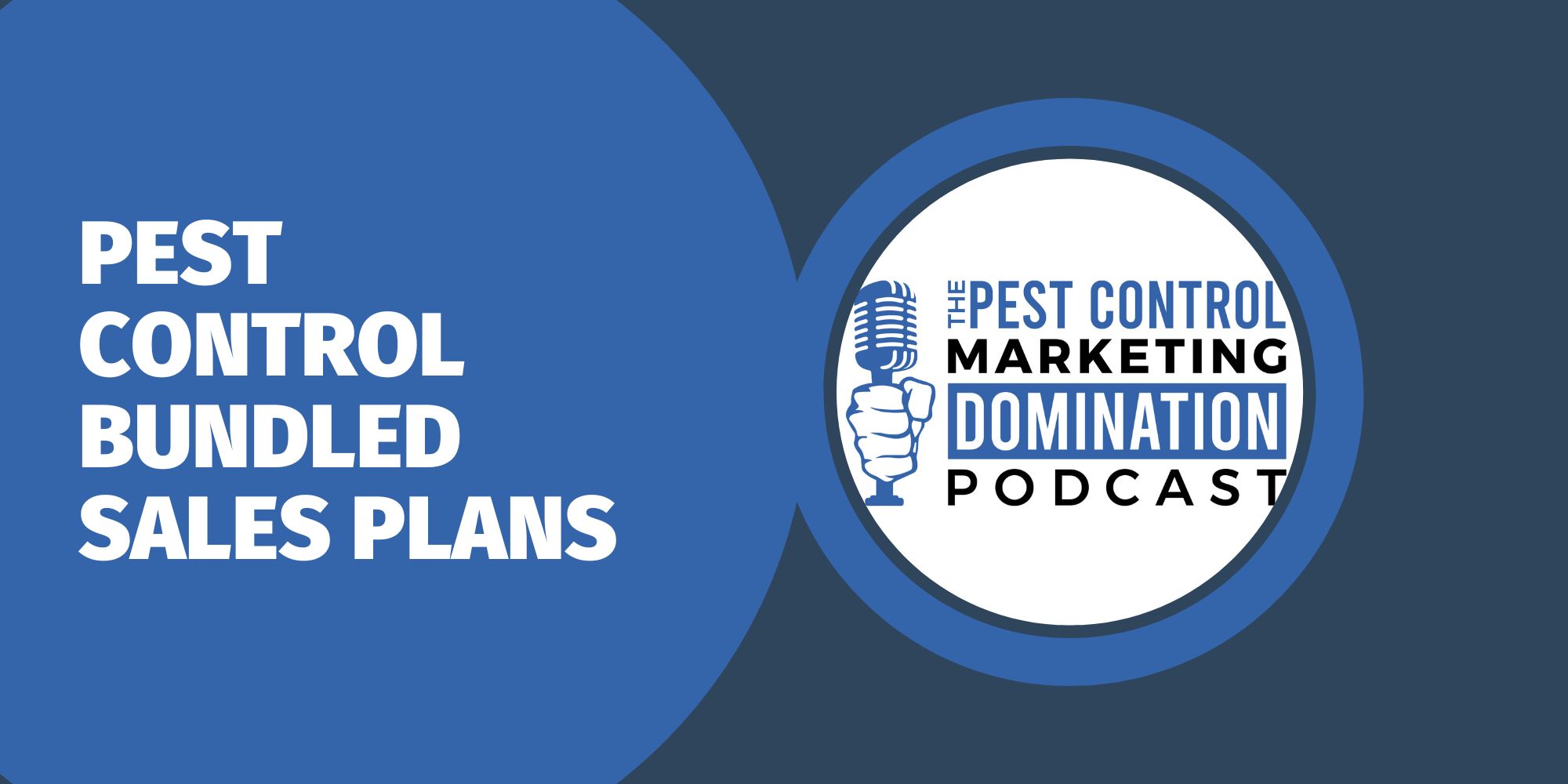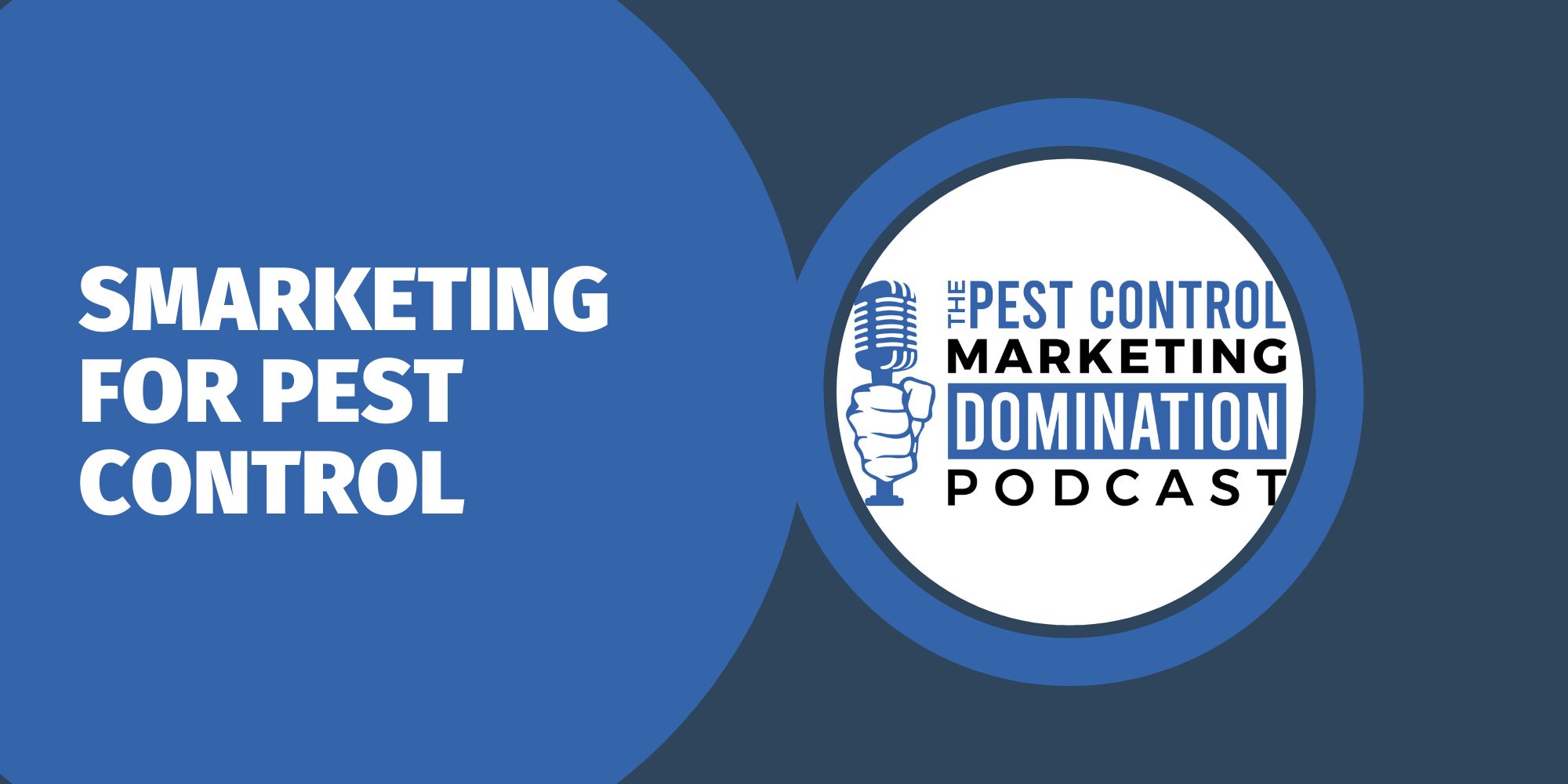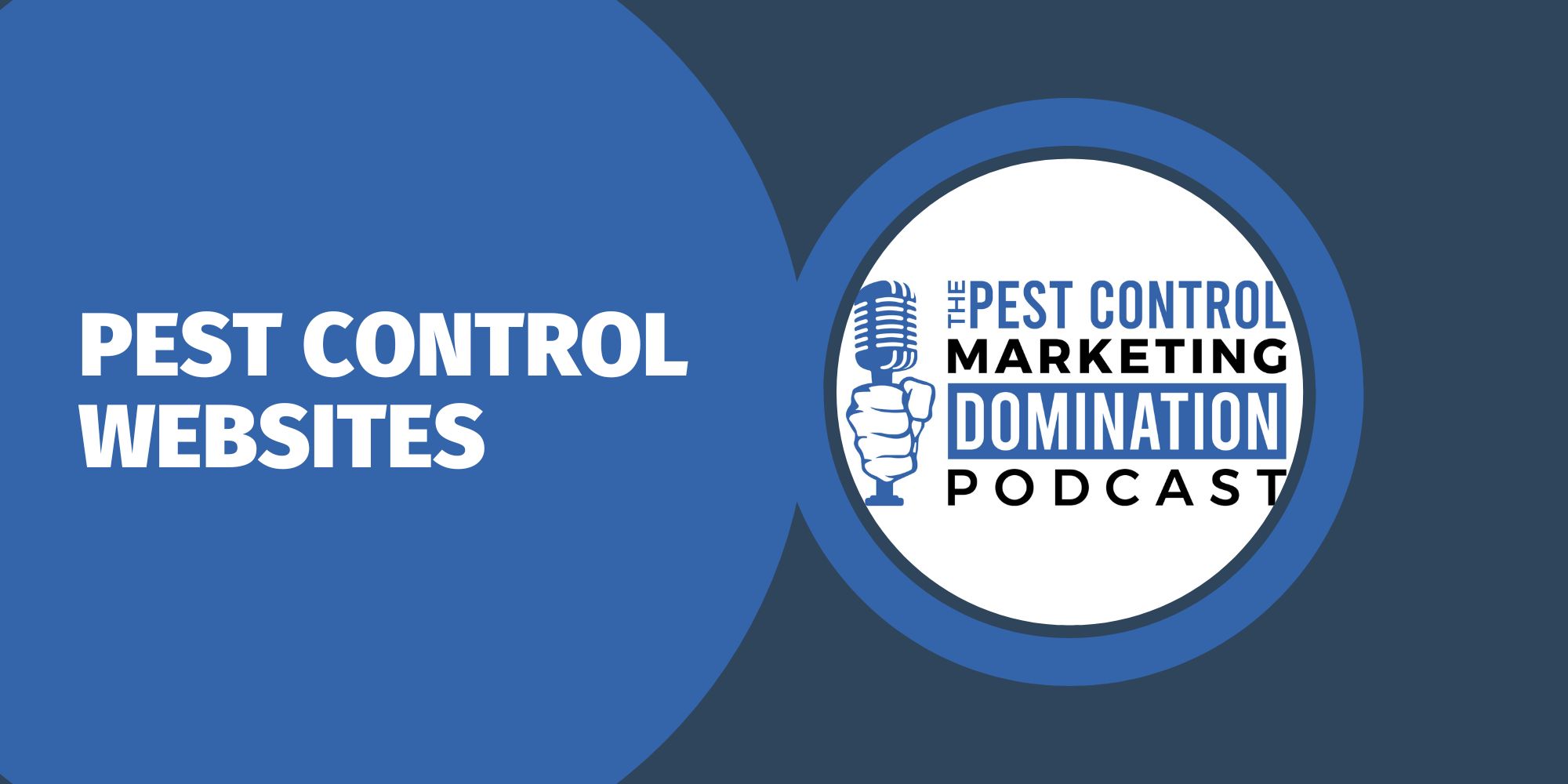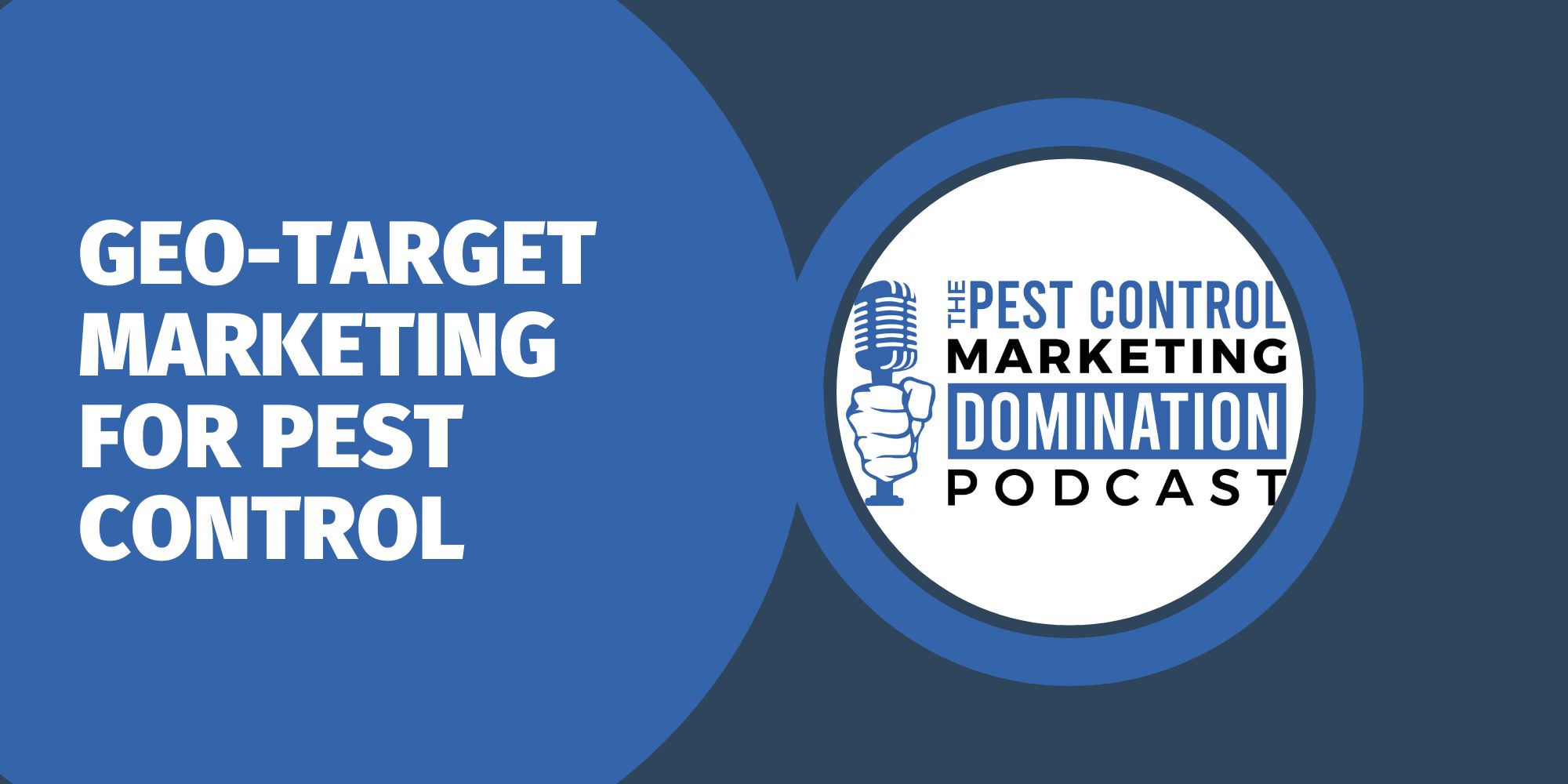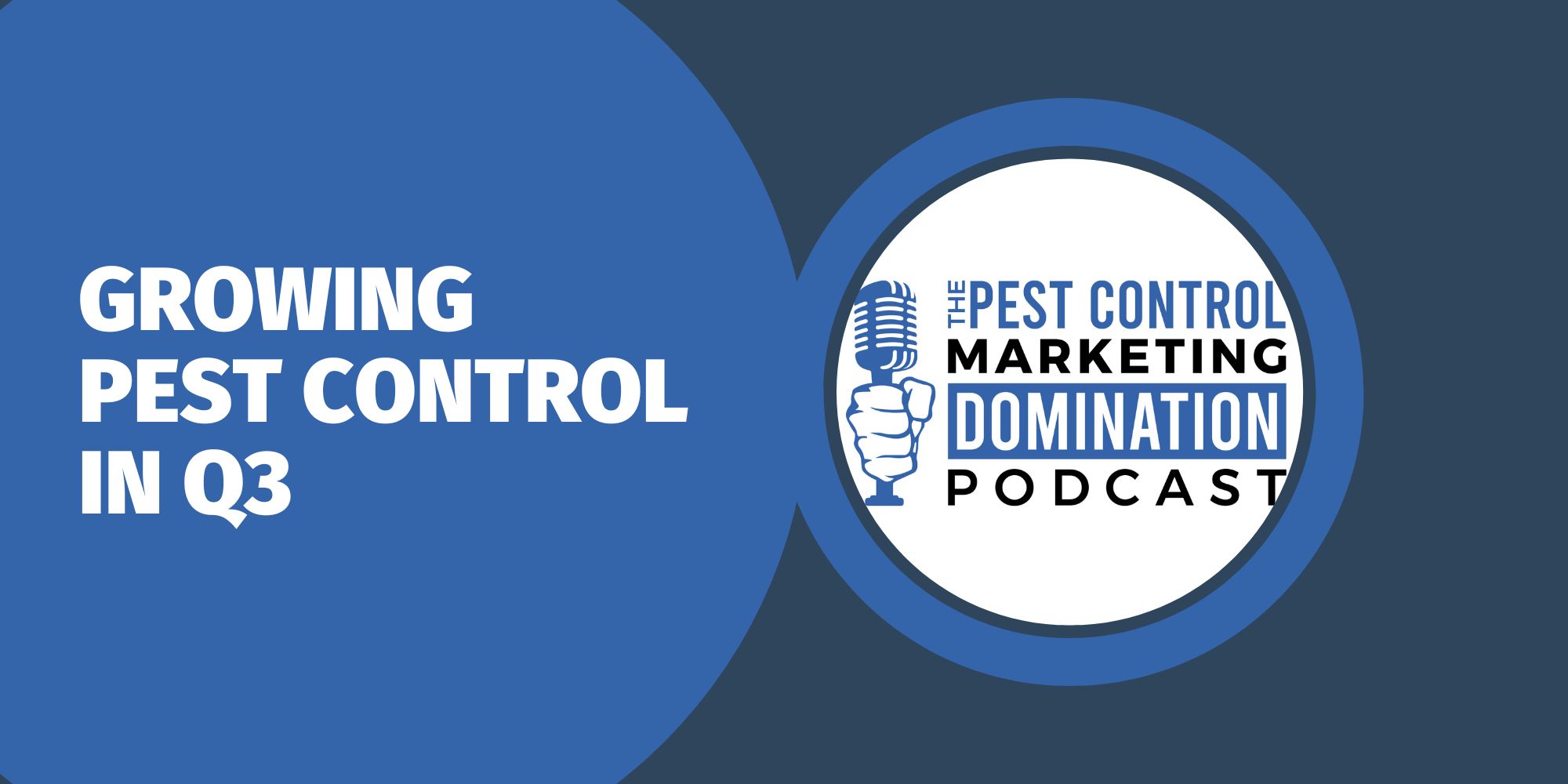Solution Selling. It’s a major buzzword when it comes to sales but not without merit. This sales method can bring value and growth to your company when done well.
Let’s take a look at a strategic selling process you can implement today to create a true solution based sales culture within your pest control company and foster success within your team.
Solution Selling
It’s a popular term thrown around in sales, but what does it really mean?
Furthermore, how do you do it? And do it well?
Solution selling is all about using an approach focused on your customer’s needs, or “pain points,” then providing a product or service that solves their problem.
The key to uncovering your customer’s needs is to make sure you’re asking the right questions. This might sound harder than rattling off your latest promotions, and make no mistake–it is–but the end result is worth it. You get a customer who is focused on how you can help them and not your prices.
To reshape your team’s focus on selling solutions rather than selling by price, it’s helpful to lay out a sales roadmap for them. You want them to understand how to successfully move prospects through the sales cycle until they are converted into customers.
We recommend a 5-step solution sales process, which allows the best opportunity to improve sales conversions, and ultimately, the sales revenue within your pest control company.
- Preparation
- Needs Assessment
- Presentation
- Recommendation
- Close
Your sales team can follow each of these steps in a 2 to 3 minute conversation with a new prospect. Let’s take a closer look at what each step of the process entails.
Preparation
Whether your staff is responsible for answering the phones or making house calls, each and every one of them should be totally prepared to engage with customers.
Here are some best practices they should be doing so they’re always prepared:
- Know the prices of every service your company provides
- Be able to describe each service in detail
- Offer bundled services or provide on the spot solutions
- Have formatted email and text message responses ready to go
- Have instant access to the technicians’ schedules
- Know the history of the company they represent
- Maintain dashboard tracking on all activity, charges and credits
Needs Assessment
This is the big one. You can’t provide a solution if you don’t understand what the customer needs. To be effective problem solvers, your sales reps not only have to ask the right questions, but they also have to learn how to LISTEN. This will help them discover what’s most important to prospective customers before they start providing solutions and prices.
Here are some great examples of questions your staff can ask to build rapport, gather the basics, and lead the prospect through a conversation that gets to the true issue at hand. Ultimately, once your pest experts uncover the potential buyer’s pain point, or motive to buy, they need to then direct their questioning around understanding whether the issue is a priority. This will lead them into their final stage of questioning, designed to create urgency, so the customer takes action.
Rapport:
Demonstrate interest in what’s important to your customer
- What can I do to make your day better?
- What brings us here today?
- What are you looking to accomplish today?
Generic:
Confirm and learn key information about the customer
- Are you the owner of the property?
- What is the size of the property and lot?
- What is the target pest problem? Is there more than one?
- Do you have children or pets?
Buying Motives:
Uncover pain points
- How long has this been a problem?
- What have you tried to do about it?
- How much do you think it has cost you?
- How is this problem affecting your day to day life?
Cost of Action/Inaction:
Understand if the issue is really a priority and why
- What will happen if you do nothing?
- Who else is affected by this issue?
- Why is taking care of this important to you?
Create Urgency:
Get your prospect to take action
- Where is this on your list of priorities?
- What’s stopped you from solving this in the past?
- Are you ready to solve this now?
- What would we need to do to make this happen?
By asking relevant, open-ended questions and actively LISTENING, they can direct conversations with their prospects down a path that arms them with the information needed to close the sale.
Presentation
Now that your pest experts have identified what the customer needs and obtained their buy-in to take action, they still need to make sure they’ve sold the customer on using your company to complete the job.
As they’re presenting the solution to the customer, they need to differentiate your company’s products and services from the competition and make it clear why your pest control company is the best choice.
There are 3 key items they should cover when presenting:
- Relevancy
Explain how the product or service solves customers’ problems or improves their situation. - Quantified value
Deliver specific benefits. - Differentiation
Tell the customer why they should buy from your company and not from the competition.
By restating the customer’s problem and the benefits of solving it, along with your company’s unique story, they will establish credibility and differentiate themselves from the competition. This reassures the customer they have made the right choice.
Recommendation
Your pest experts are in the home stretch now. They know the customer’s pain points and have their agreement finding a solution is a priority.
Now here’s the important part: they should NEVER ask a prospective customer what they want. As the experts, they need to make a solid recommendation on the right course of action. They should outline the benefits of their proposed solution and tie those back to the needs the customer gave them.
If they receive any objections, they should work to overcome them by following these 4 steps:
Step #1: Listen–Don’t interrupt! Active listening reassures the customer you have their best intentions in mind.
Step #2: Understand–Empathize with the customer and repeat a summary of their objection back to them to make sure you clearly understand their concern. Ask clarifying questions if you need additional details.
Step #3: Respond–State a rebuttal that overcomes the customer’s objection.
Step #4: Confirm–Ask the customer if they’re satisfied and comfortable moving forward.
Remind your sales team they have all of the necessary information from the needs assessment they conducted with the customer to continue moving forward in the sales process. They can re-state the customer’s needs and concerns and assure them their recommendation will provide a solution to their problem.
Close
This is a done deal. Time to close the business. At the end of the call or conversation, your pest experts should have a clear treatment plan in place for the customer. They should have all of the required customer data, including signature and payment information, and there should be no doubt the customer is scheduled for service.
By giving your staff this simple 5 step sales process to follow, it will create a similar experience for all of your customers, leading to better customer service and higher conversion rates.










